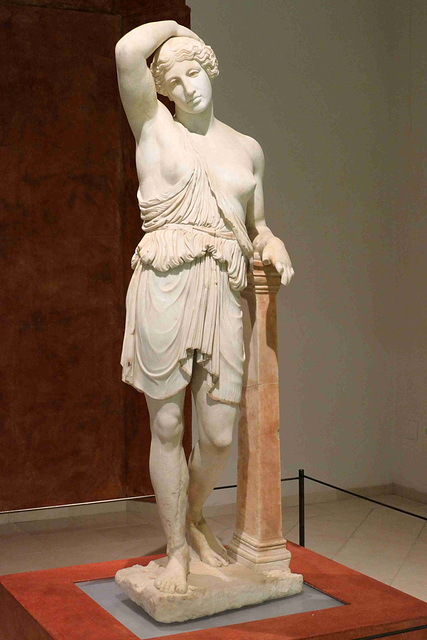Écija
Écija - Los Molinos
Écija - Los Molinos
Sevilla - Catedral de Santa María de la Sede
Sevilla
Sevilla - Museo De Bellas Artes
Sevilla - Museo De Bellas Artes
Sevilla - Museo De Bellas Artes
Sevilla - Museo De Bellas Artes
Sevilla - Museo De Bellas Artes
Sevilla - Museo De Bellas Artes
Sevilla - Museo De Bellas Artes
Sevilla - Museo De Bellas Artes
Sevilla - Museo De Bellas Artes
Sevilla - Museo De Bellas Artes
Sevilla - Museo De Bellas Artes
Sevilla - Museo De Bellas Artes
Sevilla - Museo De Bellas Artes
Sevilla - Confitería La Campana
Sevilla - Plaza del Cabildo
Sevilla - Torre del Oro
Sevilla
Santa Olalla del Cala - Cinema Bravo
Écija - Museo Histórico",
Écija - Museo Histórico"
Écija - Museo Histórico
Écija - Museo Histórico
Écija - Museo Histórico
Écija - Museo Histórico
Écija - Museo Histórico
Écija - Museo Histórico
Necrópolis de Sierra Martilla
Necrópolis de Sierra Martilla
Necrópolis de Sierra Martilla
Loja - Santa Teresa
Loja
Antequera - Tholos de El Romeral
Antequera - Tholos de El Romeral
Antequera - Dolmen de Menga
Antequera - Dolmen de Menga
Antequera - Dolmen de Menga
Antequera - Dolmen de Viera
Antequera - Dolmens Site
Antequera - Dolmens Site
Lucena - Scooter
Location
Lat, Lng:
You can copy the above to your favourite mapping app.
Address: unknown
You can copy the above to your favourite mapping app.
Address: unknown
See also...
Keywords
Authorizations, license
-
Visible by: Everyone -
All rights reserved
-
50 visits
Écija - Museo Histórico


During Roman times the settlement was known as Astigi. Caesar ordered the town's fortification and refounded it as a Julian colony. According to Pliny the Elder who wrote in the 1st century AD, it was the rival of Cordova and Seville.
After the Romans, it was ruled by successively by Suevs and Visigoths. It was also from an early date the seat of a diocese. St. Fulgentius (died before 633), was named to the see by his brother Isidore of Seville.
In 711, Écija was conquered by an Islamic army on its way to Córdoba. Capital of an extensive Kūra, Écija preserved its condition as a centre of high agricultural productivity.
The place was seized by Christians in 1240. The proximity to the Nasrid Kingdom of Granada turned Écija into a border town. Most of the mudéjar population was expelled in 1263. The Jewish population suffered the antisemitic revolt initiated after the assault on the jewry of Seville in June 1391, that spread across Andalusia. During the 15th century, Écija was the third most important urban centre of the Kingdom of Seville after Seville and Jerez. Estimations for the 15th century yield a population of about 18,000 (today 40.000).
The effects of the 1755 earthquake (Lisbon) forced a deep urban renewal.
Although Astigi was one of the most completely discovered Roman cities, the city council decided against all odds in 1998 to bulldoze the Roman ruins, including a forum, a bathhouse, a gymnasium and a temple, as well as dozens of private houses, and replace them with a car park.
But at least, there is the museum housed in the "Palacio de Benamejí"
The "Wounded Amazon from Écija"
Ca. 135-138 AD
A roman replica of a Wounded Amazon attributed to the Greek Sculptor Polykleitos (5th c BC). It was found in 2002 and is in an exceptional state of preservation.
After the Romans, it was ruled by successively by Suevs and Visigoths. It was also from an early date the seat of a diocese. St. Fulgentius (died before 633), was named to the see by his brother Isidore of Seville.
In 711, Écija was conquered by an Islamic army on its way to Córdoba. Capital of an extensive Kūra, Écija preserved its condition as a centre of high agricultural productivity.
The place was seized by Christians in 1240. The proximity to the Nasrid Kingdom of Granada turned Écija into a border town. Most of the mudéjar population was expelled in 1263. The Jewish population suffered the antisemitic revolt initiated after the assault on the jewry of Seville in June 1391, that spread across Andalusia. During the 15th century, Écija was the third most important urban centre of the Kingdom of Seville after Seville and Jerez. Estimations for the 15th century yield a population of about 18,000 (today 40.000).
The effects of the 1755 earthquake (Lisbon) forced a deep urban renewal.
Although Astigi was one of the most completely discovered Roman cities, the city council decided against all odds in 1998 to bulldoze the Roman ruins, including a forum, a bathhouse, a gymnasium and a temple, as well as dozens of private houses, and replace them with a car park.
But at least, there is the museum housed in the "Palacio de Benamejí"
The "Wounded Amazon from Écija"
Ca. 135-138 AD
A roman replica of a Wounded Amazon attributed to the Greek Sculptor Polykleitos (5th c BC). It was found in 2002 and is in an exceptional state of preservation.
Nicole Merdrignac has particularly liked this photo
- Keyboard shortcuts:
Jump to top
RSS feed- Latest comments - Subscribe to the comment feeds of this photo
- ipernity © 2007-2025
- Help & Contact
|
Club news
|
About ipernity
|
History |
ipernity Club & Prices |
Guide of good conduct
Donate | Group guidelines | Privacy policy | Terms of use | Statutes | In memoria -
Facebook
Twitter

Sign-in to write a comment.